Garganega is a white grape variety that yields delightful white wines. These vines are extraordinarily popular in Italy, where they have been grown for centuries. Curiously, at the end of the last century, Garganega plantations took up over 13 000 ha. The largest arrays of this variety are grown within Umbria, Lombardy, Veneto, Puglia and Sardinia.
Garganega is known under many other names as well. You may come across this variety by names of Garganega Biforcuta, Dorana di Venetia, Ora, Dorana di Venetia, Ostesa, Garganega Frastagliata, Garganega Bianca, Garganega Comune, Garganega di Gambellara, Garganega piramidale, Garganega Veronese, Ostesona, Garganega Grosso and others.
Garganega is distinguished by green, medium-sized, oval leaves, deeply incised, usually pedate. The underside of the leaves are covered in thick trichomes. The grape cluster is characterized by a medium size and cylindrical-cone shape. It's usually wide-spanning, with a medium density.
The grapes of Garganega are small, either oval or slightly flattened. They are light green colored and often have a nice sunburn. The skin is relatively tough, while the flesh underneath is watery, with a pleasant taste. The sugar content of the must comes out to 20 g / 100 cc, with titratable acidity at 7-8 g / L.
The grapes are used to produce select white table wines and fortified wines, as well as for eating them fresh. The grape is quite often included in the popular wine Soave, which is made in the region of Veneto.
The drink in question is a blended wine with a high content of Garganega. If the grapes are left to become raisins, they are then used to make the dessert wine Recioto, which is distinguished by a wonderful level of sweetness and gentle acidity.
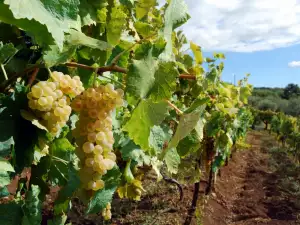
Garganega belongs to the medium ripening grape varieties. The vines develop best in fertile soils but can also thrive in poorer ones. They prefer moderate temperatures. When the vines are planted in rich terrain they produce high yields but it's as if the wines made from them, in turn, lack a clearly expressed profile.
Characteristics of Garganega
As mentioned, wines from Garganega are either white table wines or fortified wines. They are noted for their whitish or pale yellow color. These grape elixirs are refreshing, gentle and fine. One notices a superb structure and body.
When drinking, one will notice nuances reminding of almonds, green plums, ripe pears, melon, honey, caramel, apricots and citrus fruits such as pineapple, orange, lemon and lime. Their compelling aroma is also characterized by fruity tones.
Serving Garganega
The presence of Garganega at the table is a significant event and as such the wine needs to be served with the necessary care. Before serving, it needs to be cooled. Usually, a temperature of around 50°F (9 °C) is ideal.
However, this value is not written in stone, which is why it's best to look at the label on the bottle, where manufacturers have written the optimal serving temperature, before you actually begin cooling.
A quality wine such as this requires being poured into special glasses, which would fully reveal its charm. If the wine is young you can choose a glass for young white wines, which is most appropriate for grape elixirs with a distinct fruity freshness.
Such a glass possesses a tulip shape. You'll know it when you see it by its gradually outward opening edge. When drinking, the beverage falls onto the tip of the tongue. If you do not have such a glass, you can always use a universal white wine glass.

Garganega is a classic Italian wine that can be combined with a generous variety of foods and dishes. This supreme aperitif can be paired with practically all kinds of fresh hors d'oeuvres. Its taste easily harmonizes with nuts, dry starters, appetizers, sandwiches, bites and salads.
White Garganega wines are extremely well-suited for fish and seafood, such as shrimp, calamari, lobsters, mussels, crabs, oysters and others. Among the fish dishes that one simply must try with Garganega are pike with horseradish, ceviche, hake with mussels and fried hake.
If seafood is not your cup of tea, you can combine the wine with various pastas, spaghetti, tagliatelle, lasagna, fusilli, pappardelle, ravioli, rigatoni and others. The only condition is for them to be generously soaked in a rich sauce, containing processed cheeses, cream, tomato sauce, basil and other aromatic spices.
This impressive Italian wine can be grouped with a wide range of desserts. You can serve all sorts of cakes, pancakes, waffles, cheesecakes, pies and creams on the dining table with it.
In case you're sticking to a diet, you also won't have any trouble finding foods to accompany your Garganega wines. You can pair it with fresh and dried fruits (cranberries, plums, apricots, apples and others), as well as with fruit salads.
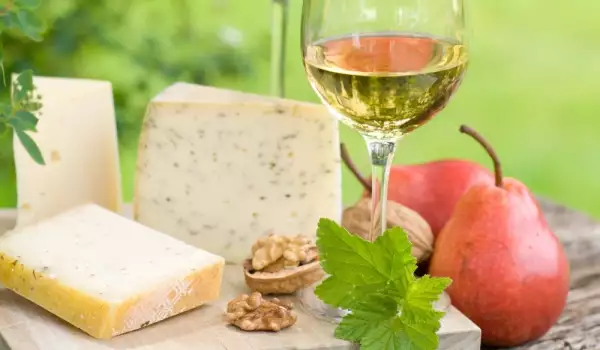
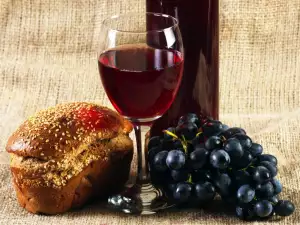


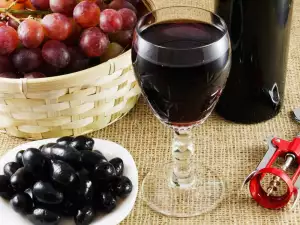
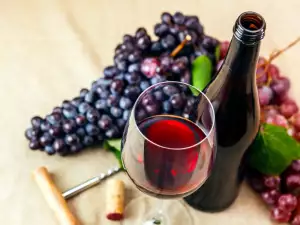

Comments